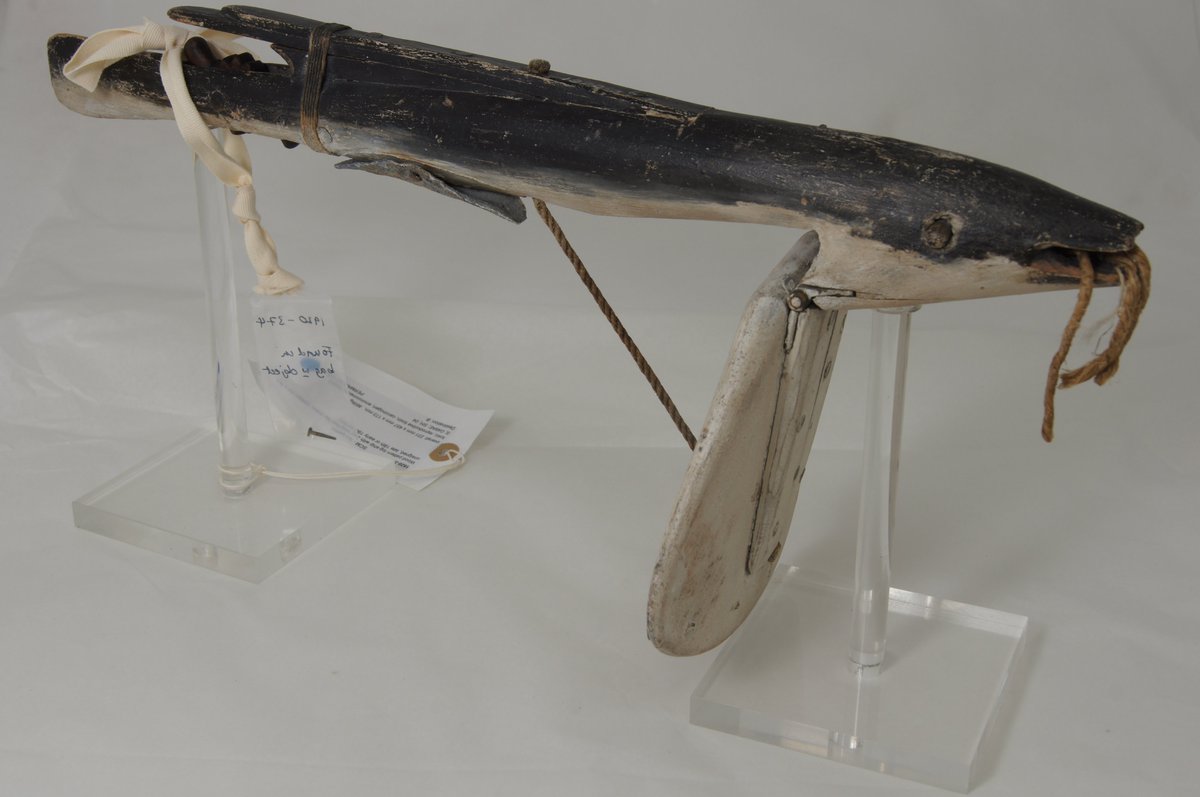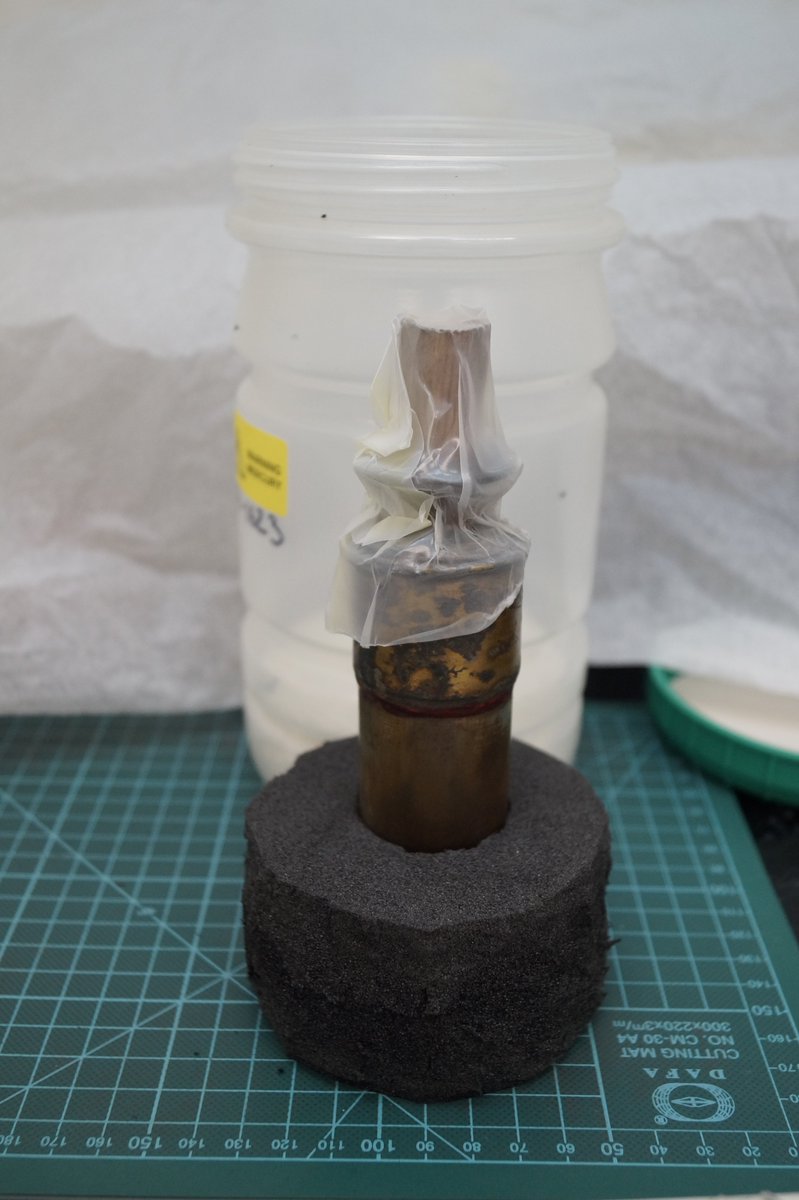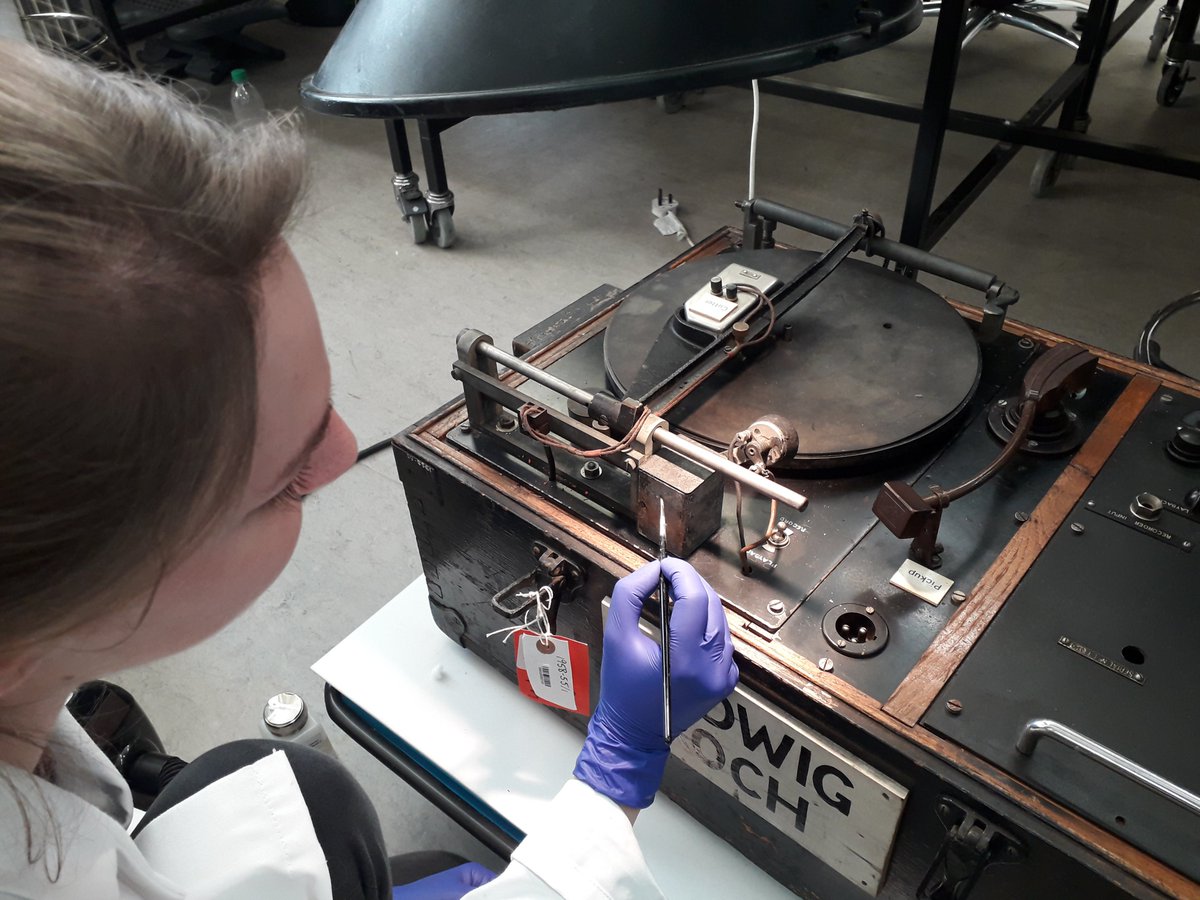Our job involves checking the condition of objects that may need treatment before they can be packed and moved to their new home.
We work closely with the inventory and hazard teams, who alert us to objects which might need our attention.
Today we wanted to share a few objects we’ve worked with recently. You can find out more in our new blog post blog.sciencemuseum.org.uk/conserving-the…
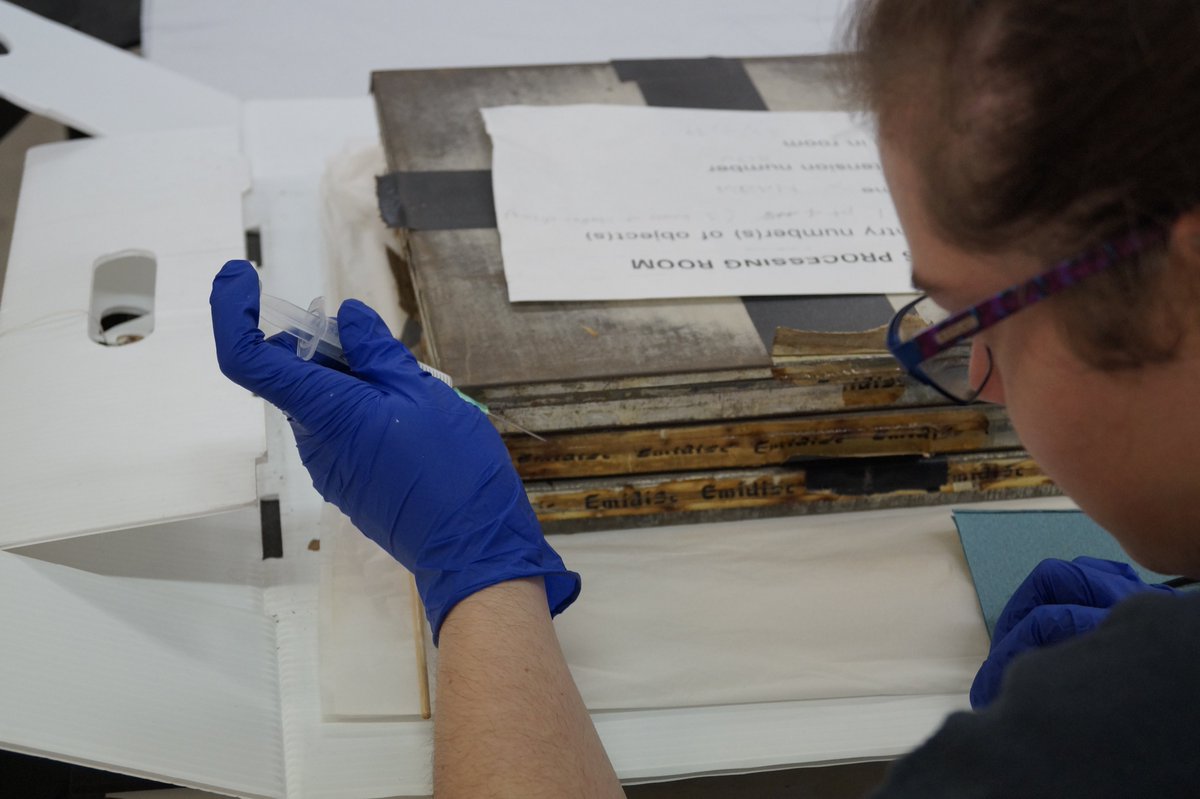
Find out more about the work of the Hazards team in their recent blog post blog.sciencemuseum.org.uk/may-contain-ha…
The lead can become hazardous when it corrodes, so here is it in the fume hood ready to be treated by Conservator Kay.
Find out more about the object here collection.sciencemuseum.org.uk/objects/co5547…
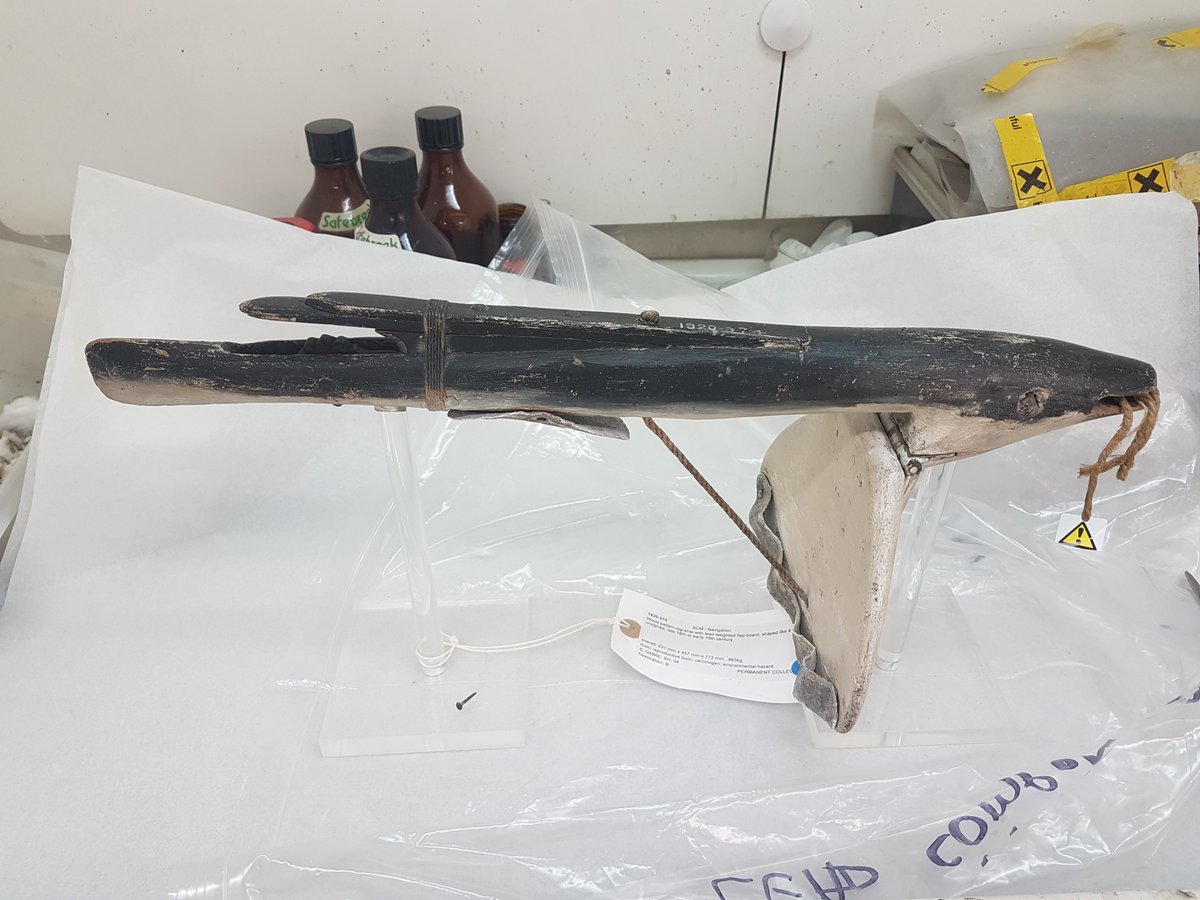
We test adhesives before using them for the first time & as we have a few crumbly things to conserve, Weetabix seemed like a good thing to test the adhesive on!
*other breakfast cereals also available
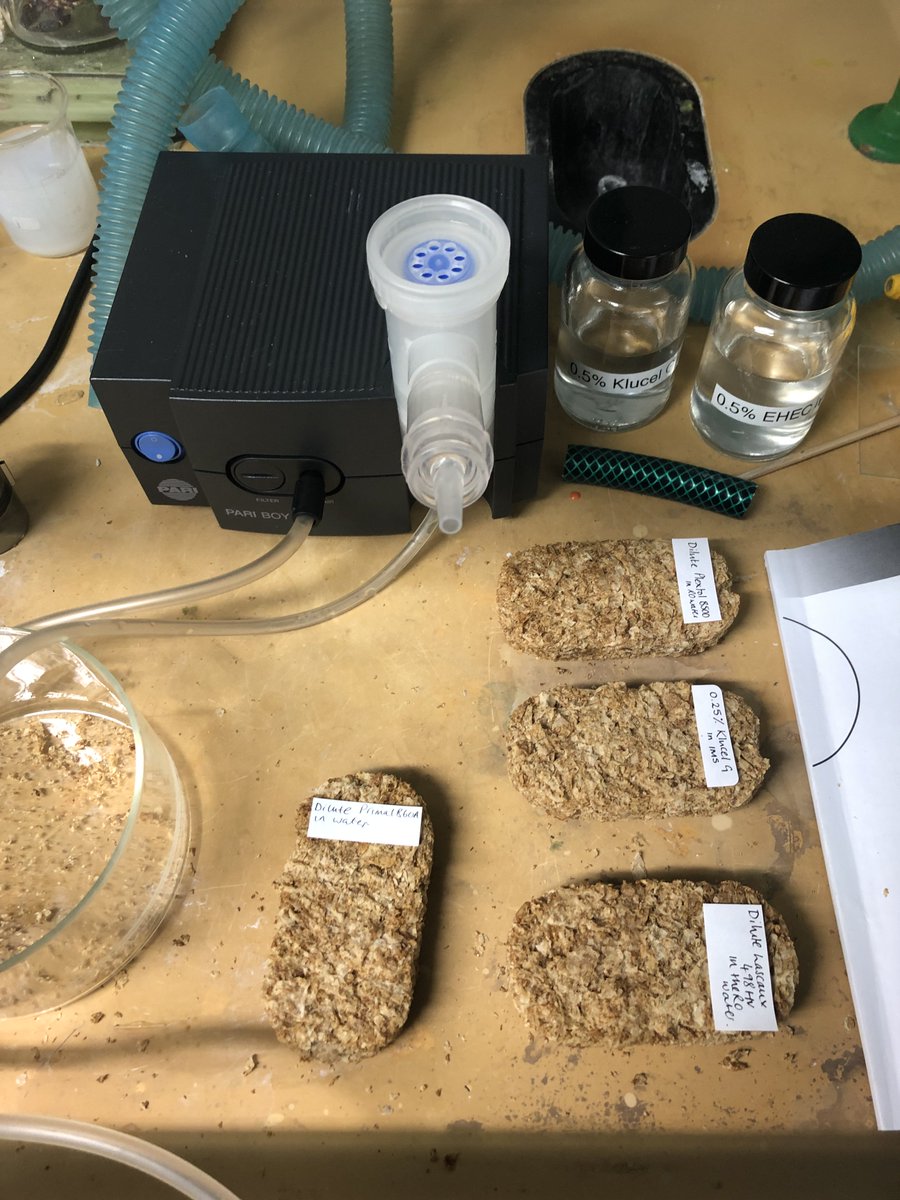
You can read a little more about what we do here group.sciencemuseum.org.uk/about-us/colle…
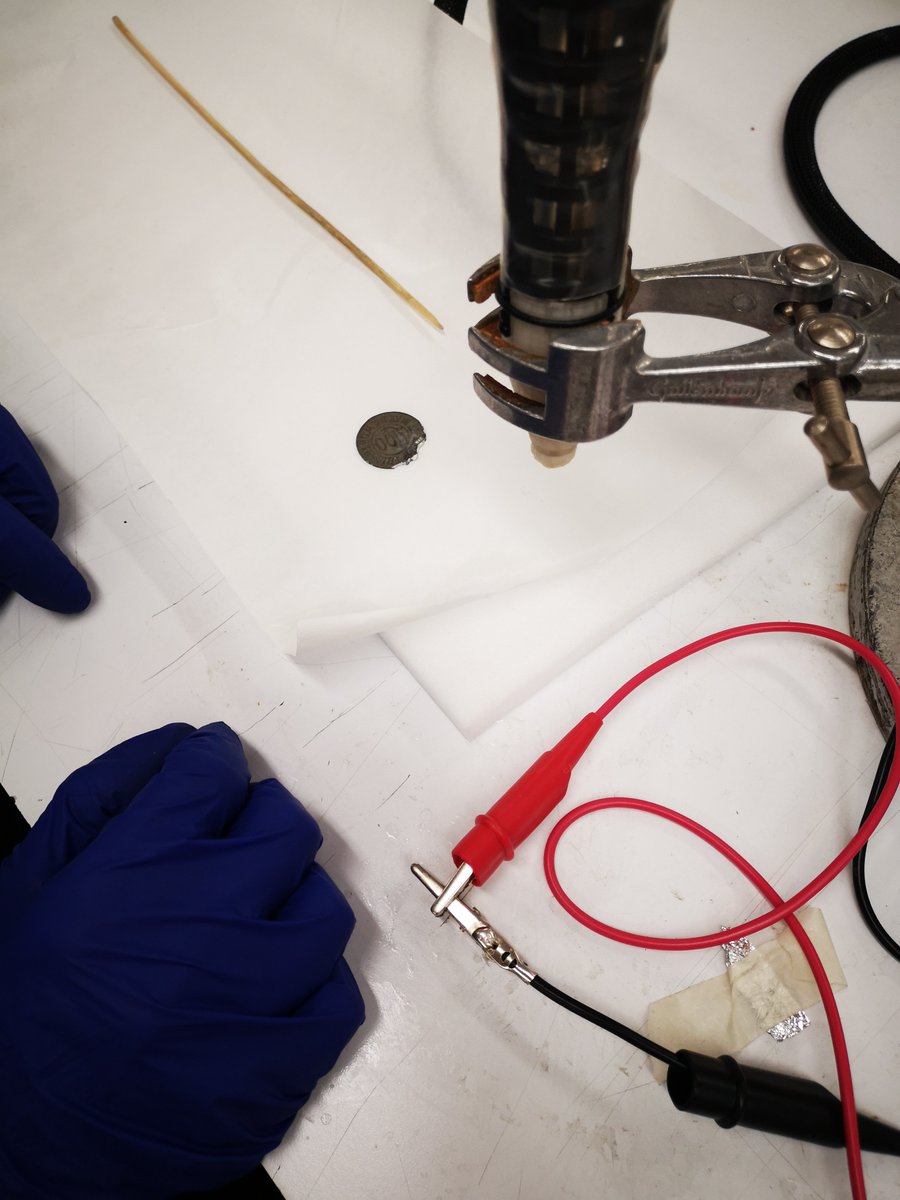
These sticky traps catch insects and the team use the traps to identify areas where there are more insects than usual so we can take action 🐜🐞🦋
As the clock is not a working object, this is done regularly so it continues to show the correct date.
You can read more about the clock here blog.sciencemuseum.org.uk/the-clock-of-t…
You can see more of these beautiful elements here collection.sciencemuseum.org.uk/objects/co1447…
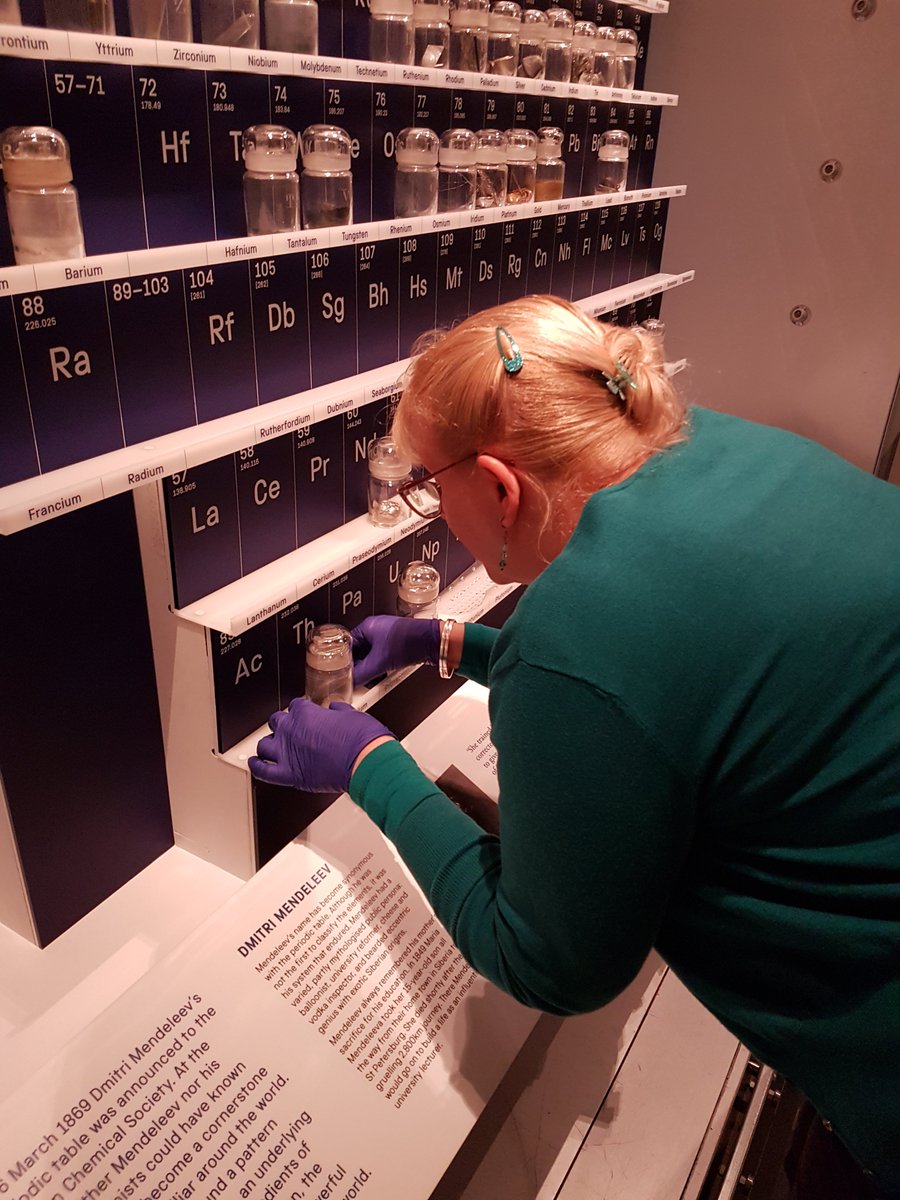
🖥 Read our blog posts blog.sciencemuseum.org.uk/tag/conservati…
And follow us 👉 @SM_Conservation 👋



